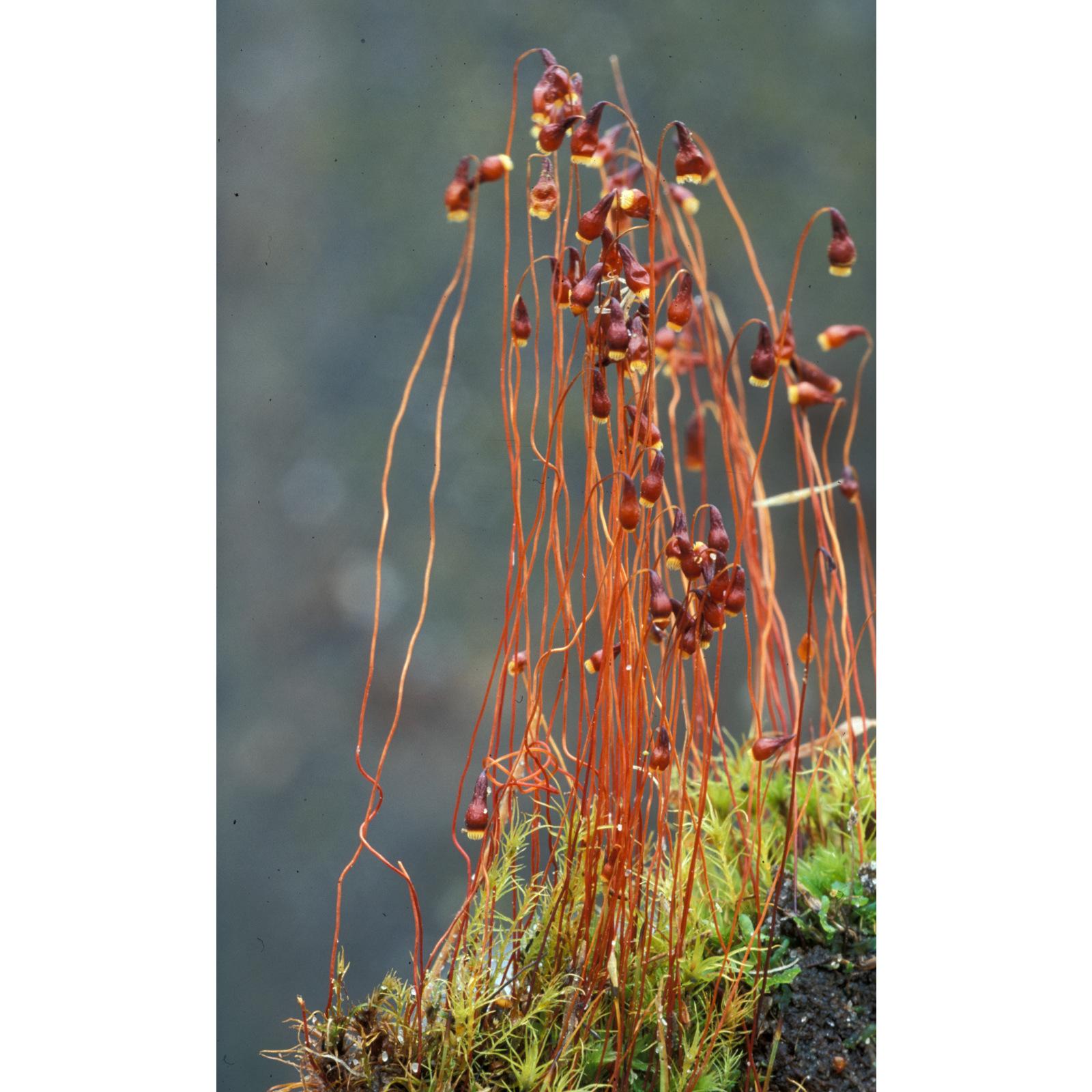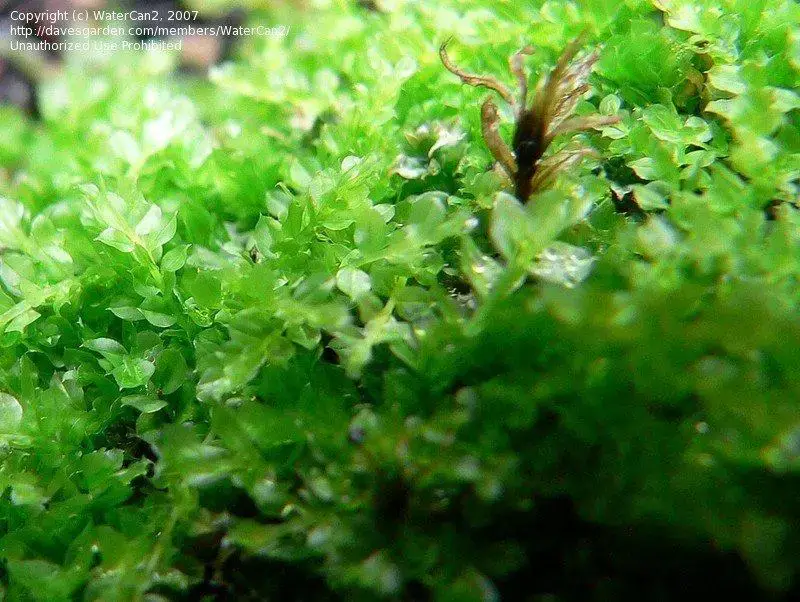
Image2.jpg from: http://stories.rbge.org.uk/archives/14899
Introduction
In the vast and captivating world of bryophytes, one particular moss species stands out for its unique charm and ecological significance – the Leptobryum wilsonii (Mitt.) Broth. moss, commonly known as

ExtendedFocusGrabImage1-1024×767.jpg from: https://stories.rbge.org.uk/archives/14899
Leptobryum. This unassuming yet fascinating member of the Mniaceae family has captured the hearts of moss enthusiasts worldwide, offering a delightful glimpse into the intricate tapestry of nature’s smallest wonders.

Fig-Morphological-features-of-Leptobryum-sp-incubated-on-a-moss-pillar-left-in_Q640.jpg from: https://www.researchgate.net/figure/Fig-Morphological-features-of-Leptobryum-sp-incubated-on-a-moss-pillar-left-in_fig1_266040635
Background
Before delving into the intricacies of Leptobryum wilsonii, it’s essential to understand the broader context of bryophytes. These remarkable plants, which include mosses, liverworts, and hornworts, are among the oldest and most resilient life forms on our planet. They have played a crucial role in the evolution of terrestrial ecosystems, paving the way for more complex plant life to thrive.

23759_2268_5.jpg from: https://artfakta.se/naturvard/taxon/leptobryum-1004645
Main Content
Morphology and Identification
Leptobryum wilsonii is a small, acrocarpous moss that forms dense, cushion-like tufts or mats. Its slender stems are typically unbranched, reaching heights of up to 2 centimeters. The leaves are narrow, lance-shaped, and arranged in a spiral pattern around the stem, creating a delicate, feathery appearance. When mature, the moss produces distinctive capsules atop slender setae, which aid in spore dispersal.

141766.jpg from: https://www.calflora.org/app/taxon?crn=13954
One of the most remarkable features of Leptobryum wilsonii is its ability to change color. Depending on its hydration levels, the moss can range from a vibrant emerald green when moist to a golden-brown hue when dry. This chameleon-like quality adds to the allure of this diminutive plant, making it a captivating subject for observation and study.
Global Distribution and Habitat
Leptobryum wilsonii is widely distributed across various regions of the world, including Europe, Asia, Africa, and North America. It thrives in a variety of habitats, from moist and shaded areas to exposed rock surfaces and disturbed soils. This moss is particularly fond of acidic substrates, such as decaying logs, tree bark, and rocky outcrops.
Ecological Roles and Adaptations
Despite its small stature, Leptobryum wilsonii plays a vital role in its ecosystem. As a pioneer species, it helps stabilize and enrich soils, creating favorable conditions for other plants to establish themselves. Additionally, this moss serves as a microhabitat for various invertebrates, providing shelter and sustenance for these tiny creatures.
One of the remarkable adaptations of Leptobryum wilsonii is its ability to withstand desiccation. During periods of drought, the moss can enter a state of dormancy, curling its leaves inward to minimize water loss. Once moisture returns, it quickly revives, showcasing its remarkable resilience and ability to thrive in challenging environments.
Case Studies/Examples
In a recent study conducted in a temperate forest ecosystem, researchers discovered that Leptobryum wilsonii played a crucial role in facilitating the establishment of tree seedlings. The moss’s dense mats provided a moist and nutrient-rich microenvironment, protecting the delicate seedlings from desiccation and promoting their growth and survival.
Technical Table

bfc78d.jpg from: https://davesgarden.com/guides/pf/showimage/165209/

3267-l-3.jpg from: https://www.wildflowers.co.il/hebrew/picture.asp?ID=19415

3267-l-2.jpg from: http://www.wildflowers.co.il/hebrew/picture.asp?ID=19414
| Characteristic | Description |
|---|---|
| Scientific Name
thumbnail.php from: https://davesgarden.com/guides/pf/go/162064/ |
Leptobryum wilsonii (Mitt.) Broth. |
| Family | Mniaceae |
| Growth Form | Acrocarpous moss, forming dense tufts or mats |
| Stem | Slender, unbranched, up to 2 cm tall |
| Leaves | Narrow, lance-shaped, spirally arranged |
| Capsules | Produced on slender setae, aiding spore dispersal |
| Color | Ranges from emerald green (moist) to golden-brown (dry) |
| Habitat
l_pyriforme.jpg from: https://wnmu.edu/academic/nspages/gilaflora/leptobryum_pyriforme.html |
Moist, shaded areas, exposed rock surfaces, disturbed soils |
| Distribution | Widespread across Europe, Asia, Africa, and North America |
| Ecological Role | Soil stabilization, microhabitat for invertebrates, facilitates seedling establishment |
| Adaptations | Desiccation tolerance, revives quickly after rehydration |
Conclusion
Leptobryum wilsonii, a humble yet remarkable moss species, serves as a testament to the incredible diversity and resilience of bryophytes. Its ability to thrive in various habitats, its unique morphological features, and its vital ecological roles make it a fascinating subject for moss enthusiasts and naturalists alike. As we continue to explore and appreciate the intricate world of mosses, Leptobryum wilsonii stands as a captivating reminder of the beauty and complexity that can be found in nature’s smallest wonders.
Ponder this: In a world where towering trees and vibrant flowers often steal the spotlight, what lessons can we learn from the unassuming yet resilient Leptobryum wilsonii moss?